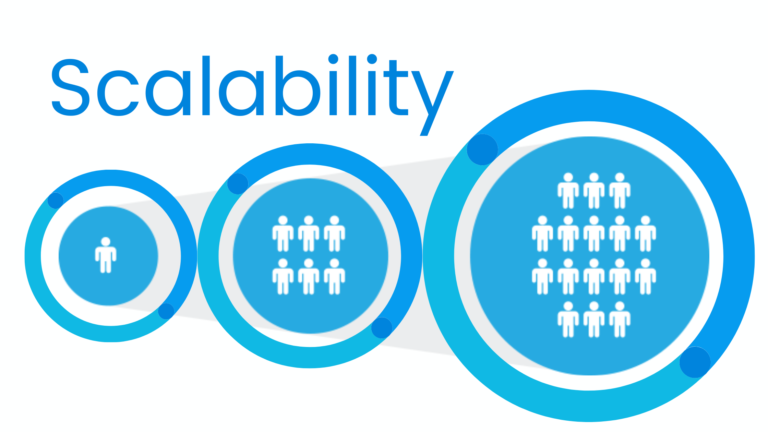
Building a Leadership Development Culture
An Organizational Roadmap for Operationalizing Scaled Coaching Programs
A Series by Lisa Banks
This article introduces a four-part series on how to design and direct scaled coaching programs to transform leaders and deliver impact to your organization.
“Talent is the multiplier. The more energy and attention you invest in it, the greater the yield.”— Marcus Buckingham
Organizations invest in leadership development because they know that effective leaders are difference-makers. They also know that cultivating leaders throughout the company retains top talent, inspires innovation, and, perhaps most importantly, enhances their overall capacity to adapt nimbly and seize opportunities.
Thanks to companies like Optify, which provide one-to-one coaching to the mid-level and rising leaders of the organization in a scaled and accessible way, HR and Learning and Development teams are saying, “Yes, please! But, how?”
Scaled coaching programs have designated budgets, are coordinated through HR or L&D, and serve leader evolution at multiple stages of the leadership pipeline. The internal program sponsors are responsible for selecting the coaching provider, identifying participants, shepherding the process, and assessing and reporting on impact to the organization.
Easy, right? Maybe.
In 2020, evidence abounds that multi-level leadership development is an organizational accelerator, but less is being said about how to pull it off successfully. Scaled programs require a strategic lens and a communication-driven process because they involve more moving parts than a typical 1:1 coaching engagement. Snafu-potential is real.
In traditional one-to-one coaching, the coach/client relationship is the singular focus of the arrangement. The sponsor/supervisor approves the coaching and may schedule goal alignment meetings and generally track progress, but mostly takes a hands-off approach.
The aspiration of a scaled program is to deliver the same personalized and transformative coach/client experience, but to more leaders at one time. This endeavor requires up-front and careful coordination among the sponsoring organization, the coaching provider/program manager, the cohort of participants, each individual coaching participant, and the coaches. All players must understand both their role and the entire game plan, and they must each navigate both transparency and confidentiality. Oh, and impact matters too.
The tensions inherent in this process can frazzle sponsors. Worse yet, an inartful program launch can alienate leaders before they even say ‘hello’ to their coach.
In the course of partnering with dozens of organizations to design and deliver coaching and learning programs to hundreds of leaders, we’ve learned a lot about what contributes to the success of a scaled program. We’ve found that the secret to sponsor ease and participant enthusiasm is intention and attention. Intention involves being clear about the what, why, and who of the program. Attention includes thoughtful and consistent communication and a healthy feedback loop.
There are four ways in which we have seen organizations and their leaders apply intention and attention to pave the way for a smoothly run program that yields demonstrable results.
- Envision: Organizations take time to clearly identify their purpose for the program, outline specifically what success will look like, and determine which leaders will make the most of the investment.
- Invite: Organizations set their leaders up for success in the program. They partner with the coaching provider to iron out the details and they communicate purpose and expectations clearly to participants. They assess participant interest and address concerns with care.
- Prepare: Leaders take time before the engagement begins to understand how to make the most of the organization’s investment in their growth.
- Engage: Leaders understand how to select the right coach for what they hope to accomplish and they know where to turn if something goes awry.
Over the next few months, we’ll share our best practices for each of these elements in four separate articles. By sharing lessons we’ve learned from collaborating closely with sponsoring organizations, delivering large and small-scale programs to companies, and navigating the inevitable glitches along the way, we hope to elevate the collective quality of scaled coaching programs and encourage their expanded use.
Continue to Part 1: The What, Why and Who of a Scaled Coaching Program




